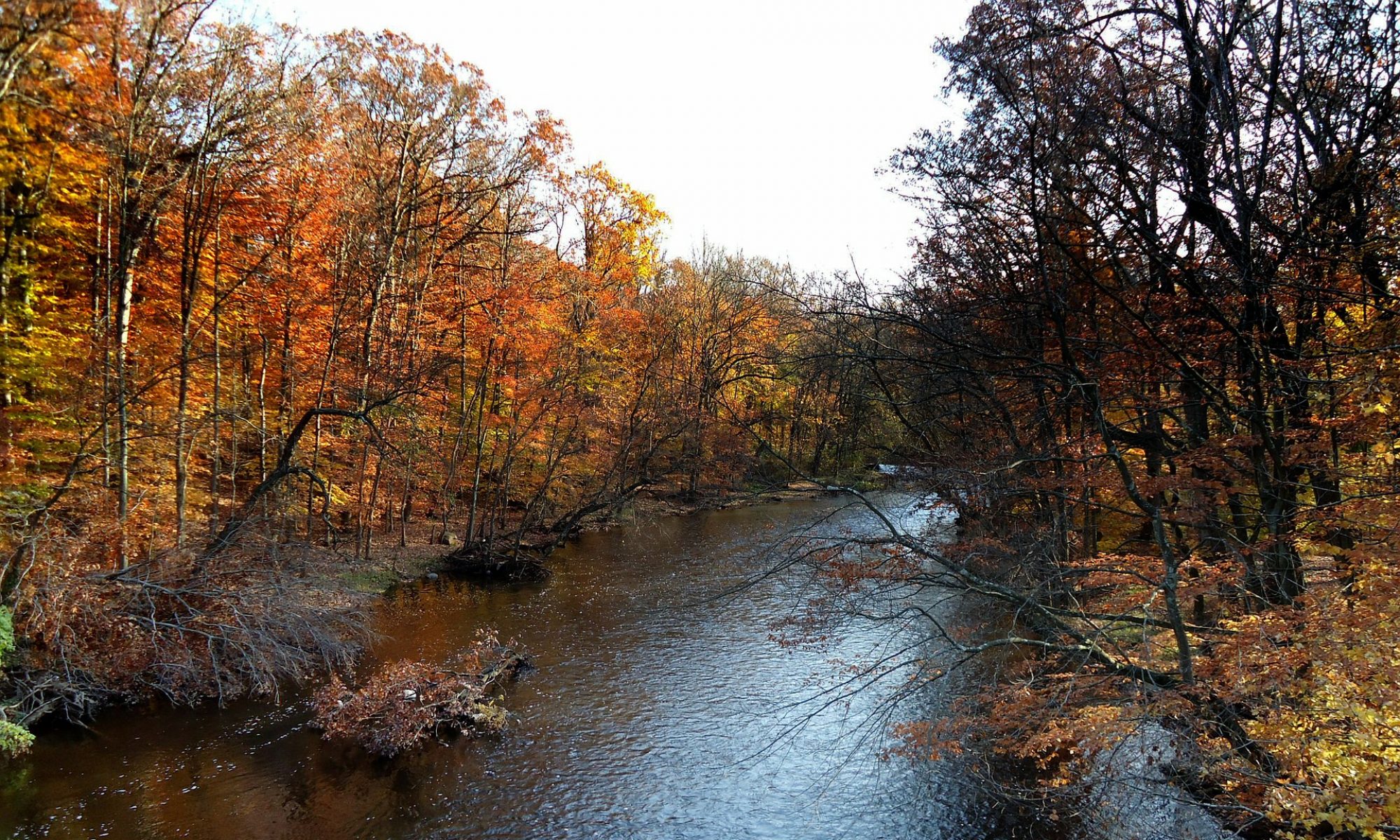Yet another one from me on a Green Economy for New Jersey. I’m really testing that famous definition of insanity about failing, failing, failing at the same thing and still expecting different results. But after this maybe 16th attempt, I think that will be it on this topic.
Anyway, a few things about it.
- The first part of it is largely my class’ product. But that also catalyzed me to then go beyond it with what I had to say in the second part
- Well, I had a lot, some 40 years’ worth of ideas and experience, which is why it is so long—as well as because I think it is important and hope it is useful to someone someday
- This is my third “legacy-type” offering, both on New Jersey and not. The first two were “A Look at Sustainable Development in New Jersey: How Have We Done & What Are the Opportunities– If We Want Them?,” a history of the Ups and Downs of Sustainability in New Jersey; and “On 40 Years Watching the Sustainable Business Field,” on where I think the sustainable business field needs to go. I fear I have a fourth in me if I can find the time, energy, and spirit—and/or if I can find a co-writer late summer willing to write every odd-numbered draft. It would be on “Now that New Jersey is Interested in Climate Change—Finally, what are we still missing?” I’d really like to finish getting these 40-year things off my plate so I can focus outside of New Jersey on global things, especially transformational (big societal) change (the subject of my Ph.D. research). Not that New Jersey will ever be totally out of my watching
- As this document is so long, I wanted to point out both the students’ section, and mine, have separate Tables of Contents. Both have Executive Summaries, Intros, Conclusions, and Recommendations. So you can read a bit here and there!
- Both the students’ section, and mine, summarize a number of relevant historical reports, etc. You may find some familiar ones there
- Beyond the green economy topic, you might find a more meta-topic interesting. In my section, there’s a unit on “Mindset Barriers.” These are, in my view, quiet attitudinal and communications obstacles, not just to the green economy, but to other new ideas. This one I may re-use in my thesis research.
Feel free to let me know what you think.
Hope you all have restful summers.
Matt


Hi Matt:
Very impressive paper, covering a lot of bases.
One underdeveloped section however covers “carbon sequestration.” There is now a growing interest in, and literature on, Carbon Dioxide Removal (CDR) and “drawdown.” In particular, Paul Hawken’s Drawdown, which I’m sure you’re familiar with, details some eighty strategies for removing CO2 and other greenhouse gases from the atmosphere and reusing them in agriculture and other areas, as well as twenty more “emerging” strategies.
Regarding CDR, I have recently subscribed to the Healthy Climate Alliance (healthy-climate-alliance@googlegroups.com), which supports discussions on a variety of topics related to the costs of CDR, some intriguing approaches to what is typically called “geoengineering,” such as eco-restoration of the oceans, and the use of negative-emissions credits.
Here are some references for future versions of the paper, or your suggested follow-on regarding what we are still missing.
The recent exchange “[HCA] Cost plunges for capturing carbon dioxide from the air” is now getting quantitative on important top-level questions such as:
How much CO2 reduction, how much does it cost, and what’s it worth?
Can we feasibly decarbonize and build a CO2 removal infrastructure in 10 years or will it take 50 years?
Will there be net costs or net profits/benefits from decarbonizing?
How Can We Afford All This?
Where is the $$$ going to come from?
and others
“The use of negative emission credits to hold global warming to 1.6°C: Needs, technologies, minimum-cost implementation, and a possible funding path”
https://unfccc.int/inputs-to-the-talanoa-dialogue-where-do-we-want-to-go#eq-3
The paper itself is located at:
https://unfccc.int/sites/default/files/resource/The%20use%20of%20negative%20emission%20credits%20to%20hold%20global%20warming%20to%201.6%C2%B0C.pdf
https://phys.org/news/2018-06-alien-apocalypse-civilization-climate.html?utm_source=nwletter&utm_medium=email&utm_campaign=weekly-nwletter
https://www.sciencedirect.com/science/article/pii/S2542435118302253
https://theecologist.org/2018/may/03/can-we-remove-trillion-tons-carbon-atmosphere
In addition, our work with Delton Chen has led to some increasingly interesting work on new models for a carbon economy, some of which is now being published through the Millennium Alliance for Humanity and the Biosphere (https://mahb.stanford.edu).
Thought you might find a lot of this interesting.
I was also greatly impressed with some of your own follow-on papers, which are somewhat “buried” as Appendices to the student paper, especially Appendix II, with its list of 36 recommendations, to which I would suggest drawing more attention, especially for the Governor’s policy team headed up by Kathleen Frangione.
Finally, thank you also for re-referencing our joint paper on “Developing and Implementing a Sustainable Growth Strategy for New Jersey” (ISE, 2010), and Victoria’s and my follow-on paper in 2012, updated as “Laying a Foundation for Sustainable Growth in New Jersey in the Wake of Hurricane Sandy” (2013) (http://deadriverjournal.org/wp-content/uploads/2012/12/LayingFoundation4SustainableGrowthinNJ30Dec2012-2col.pdf).
We may look at publishing some future updates as well, in connection with the re-positioning of our nonprofit as Possible Planet (www.possibleplanet.org) which provides an overview of our current initiatives in regenerative financing and eco-development.
Jonathan Cloud